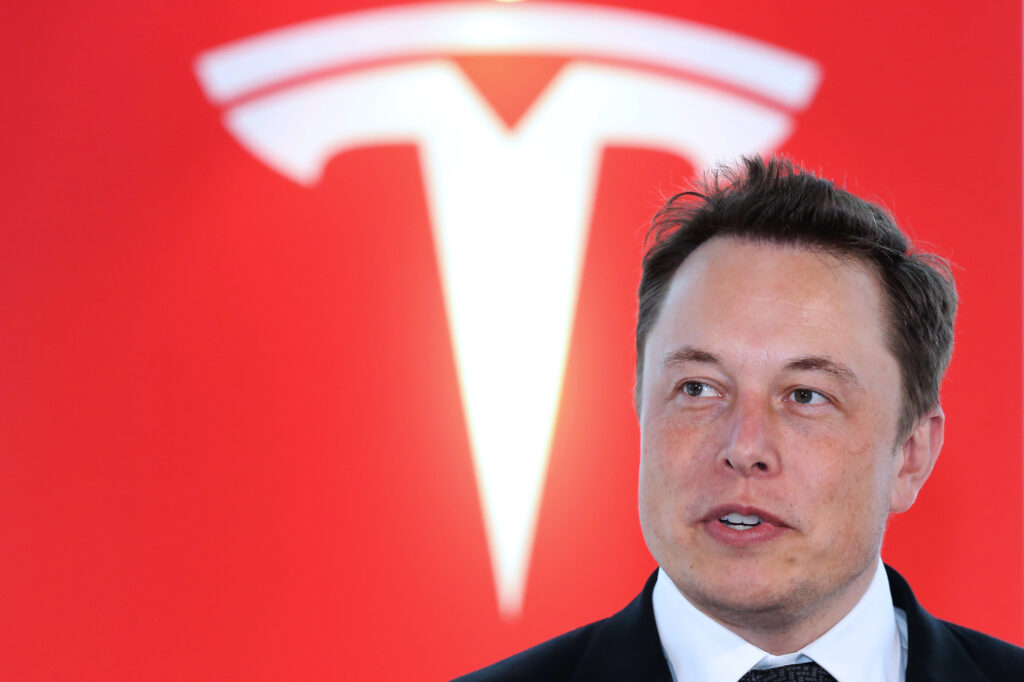Tesla wiped roughly $126 billion off its valuation Tuesday as the stock fell 12% on investors’ concern that Elon Musk may sell shares to complete his $44 billion takeover of Twitter.
The electric-vehicle maker’s market capitalization is now down more than $275 billion since April 4, when Musk disclosed that he increased his Twitter stake. That’s a drop of roughly 23%. The dollar value of Musk’s 17% stake in Tesla has shrunk by more than $40 billion, almost double the equity portion he pledged in the Twitter transaction.
Tesla’s stock price is sinking amid a broader sell-off in equity markets around the world due to slower economic expansion and persistent inflation. In addition, investors have fled high-growth companies as the Federal Reserve prepares to embark on a series of significant rate hikes.
But Musk isn’t doing Tesla any favors by providing scant details on how he will cover the $21 billion equity piece that he personally guaranteed. What’s known is that Musk is using Tesla shares as collateral in the transaction. That has led to investor worry that the Tesla chief executive may sell some of his stake to fund the Twitter acquisition. Those concerns are “causing a bear festival in the name,” Wedbush analyst Daniel Ives said.
“Tesla has three strikes against it today,” said Arthur Hogan, chief market strategist at National Securities Corp. “Apart from the worries about a share sale and a wider sell-off in growth stocks, Tesla shares are also reflecting some concern that Elon Musk could be spreading himself and/or his bench too thin taking on this new challenge.”
To be sure, Tesla did report blockbuster quarterly results last week. And before Tuesday, its shares were the best performers among the high-profile growth stocks in the NY FANG+ Index this year.
Still, the risks to Tesla’s stock price remain as the uncertainty surrounding the shares continues.
“Musk is taking a good deal of risk by using Tesla shares as collateral,” AJ Bell’s Russ Mould said. “If the electric carmaker’s shares were to unexpectedly crater, that could create a lot of discomfort.”
First published in Seattle Times

